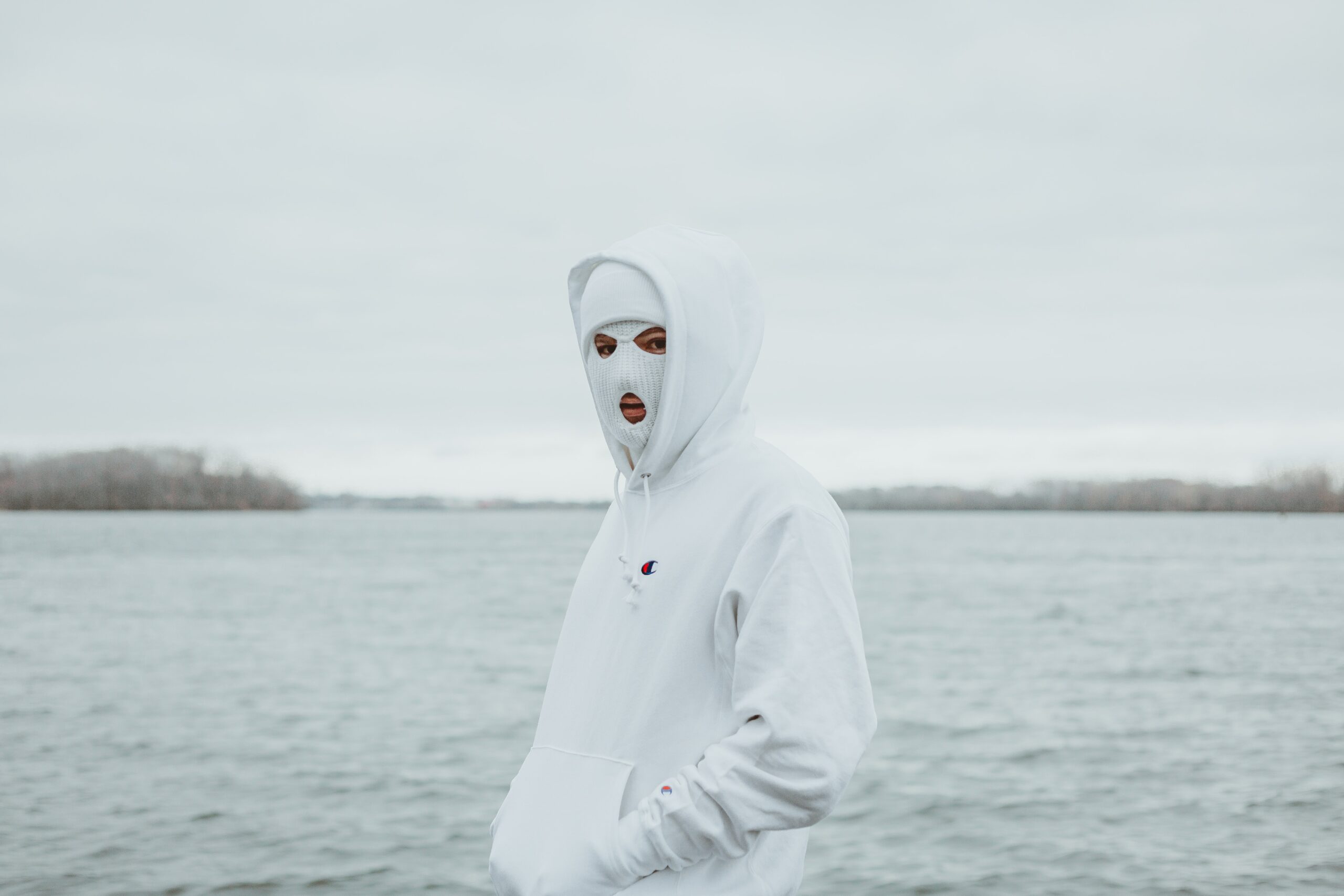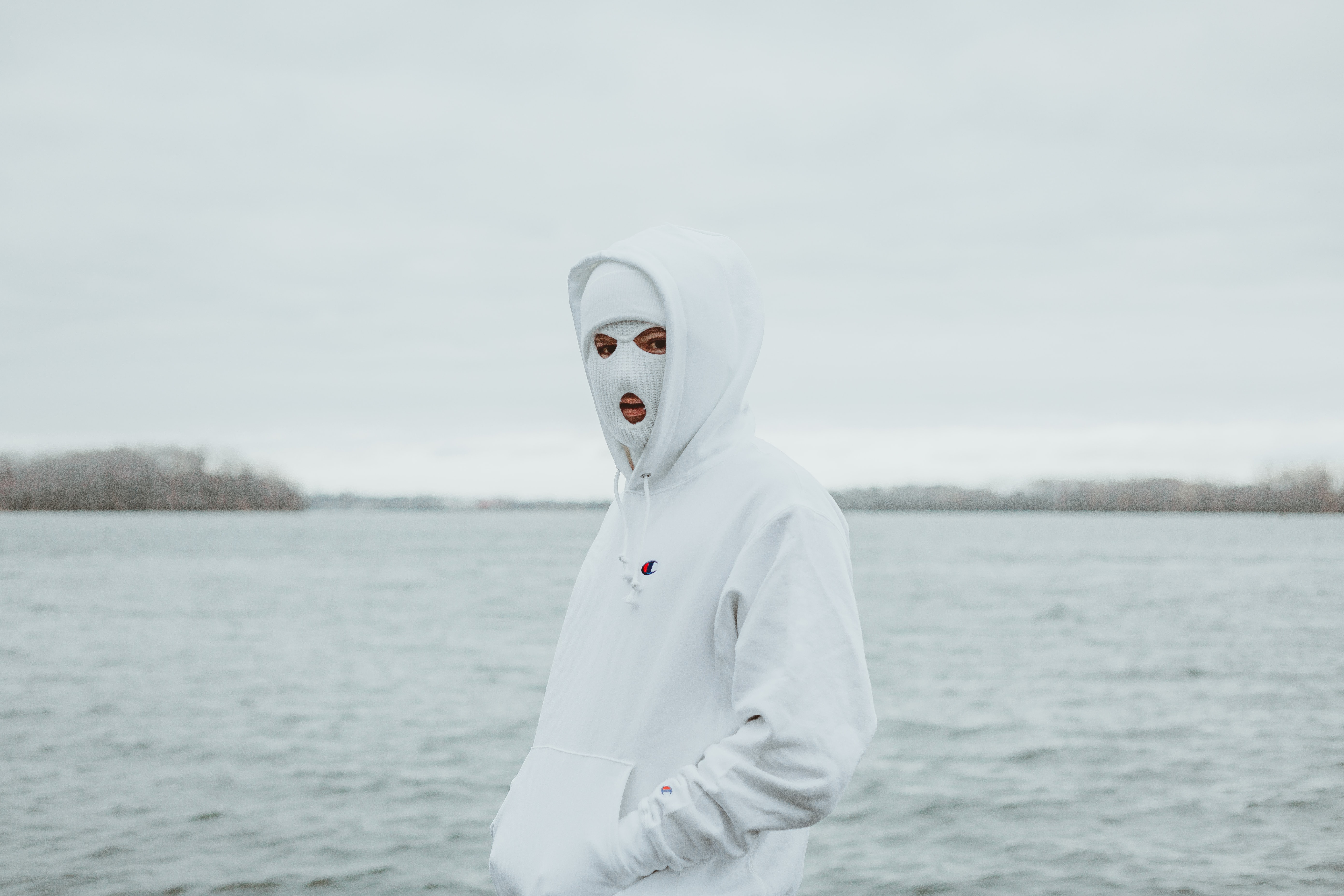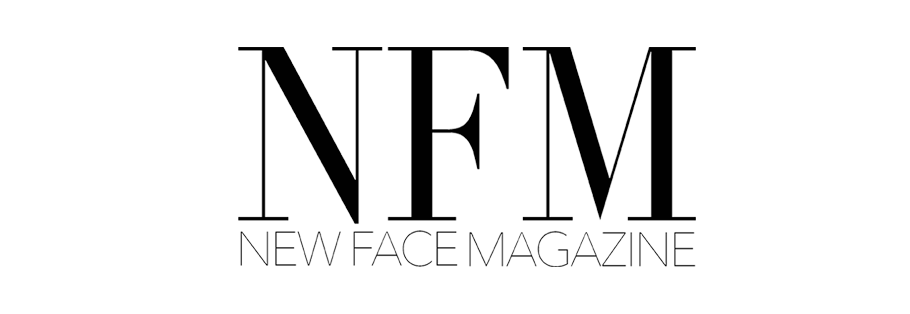
The Big Balaclava Debate
By:
Malaika Mosele
If you’re on Tiktok, chances are you’ve probably seen people make and wear knitted hats that cover parts of the face: these are called balaclavas. You’re probably imagining the black ski masks you see burglars wear in movies but think more high fashion. Colorful and eye-catching balaclavas are the new must-have winter accessory. We’ve seen celebrities like Dua Lipa and Bella Hadid rock this style, which means it’ll trickle down into mainstream fashion very soon, but the trend could be a little more complicated for people of color.

History of the Balaclava
The style comes out of Russia and Eastern Europe and dates back to the mid-1800s. Similar styles have been used in frigid areas for centuries, but according to historian Richard Rutt, the actual name comes from the Battle of Balaclava during the Crimean War in 1854, although it wasn’t actually called a balaclava until the late 1880s. Soldiers and workers used it to protect their faces from freezing temperatures. The balaclava started showing up on runways in early 2018, especially in Vetements when Georgian designer Demna Gvasalia worked there. Black male celebrities like Kanye West and A$AP Rocky were early adopters of the trend. Although they’ve been around a long time, balaclavas are only really becoming a fashion trend now. GQ magazine’s fashion critic, Rachel Tashjian, suggests that their popularity accelerated because of the pandemic. Tashijan said balaclavas “create a barrier, whether that’s psychological or physical.” This is similar to our face masks distancing us from the rest of the world.
Why it’s complicated?
Some people are calling the balaclava cultural appropriation, but others claim that it technically is not. Russian actress and TikTok user Polina Pushkareva (@polina.nioly) spoke about the Slavic origins of the garment and about how her family in Eastern Europe have been knitting balaclavas for warmth for generations. Regardless of where it comes from, many comparisons have been drawn between the balaclava and headscarves like the hijab, a religious headscarf worn by Muslim women. Functionally, balaclavas and hijabs cover the same area of one’s face and hair, however, it’s no secret that they are perceived differently. My babushka will kick аss off everyone who has a problem with people staying warm during winter
#balaklava
#babushka
Under a TikTok sound saying “gorgeous gorgeous girls wear balaclavas,” white women are showing off their balaclavas. Some Muslim women are pointing out the lack of equality in who is safe wearing a head covering and who is not. TikTok user Maliha (@malihaness) points out that when Black men or Muslim women wear the style, it’s looked down on and can actually lead to violent situations.
TikTok user Harge (@saintlaurentb0y) discusses how the look is positioned closer to Western beauty standards, hence closer to “whiteness,” and that’s why it’s more accepted.
Another TikTok user, Yumna (@yumn.v), mentions the inherent hypocrisy of the balaclava trend; When Muslim women cover their hair, it’s seen as a form of oppression or backward thinking, but because the balaclava is a trend, it’s acceptable.
Anna Piela, author of “Wearing the Niqab” goes further to explain that “white people are considered unthreatening in the U.S. and Western Europe, and so they are given much more freedom to wear whatever they wish.” The hijab and other religious headscarves are on the opposite spectrum because Western culture perceives people of color as more dangerous. That’s why in many Western countries, like Canada, there are restrictions on who can wear religious coverings like hijabs. In contrast, Piela says, “white femininity is read as non-threatening,” which is why white women are seen as trendy for wearing a similar garment to those people of color are being shamed for wearing.
Now, this isn’t the first time the argument of who can cover their hair has come up; this has been an issue of whiteness and racism for much longer than the balaclava has been a trend. Do you remember when people debated over why it was okay for nuns to cover their hair for religious purposes but not Muslim women? Why are some people allowed to cover their hair and others aren’t? It’s all about what our current Western society sees as beautiful and acceptable and how both of those words are often synonymous with whiteness.
This article is not to shame anyone for wearing a balaclava, but more to reveal how fashion can actually be used to maintain or perpetuate certain inequalities and what it means for our society. Some people are applauded for partaking in the same trend that could put others in dangerous situations. What does the future of our fashion look like and how do we work together to make it an inclusive and safe environment for everyone?





